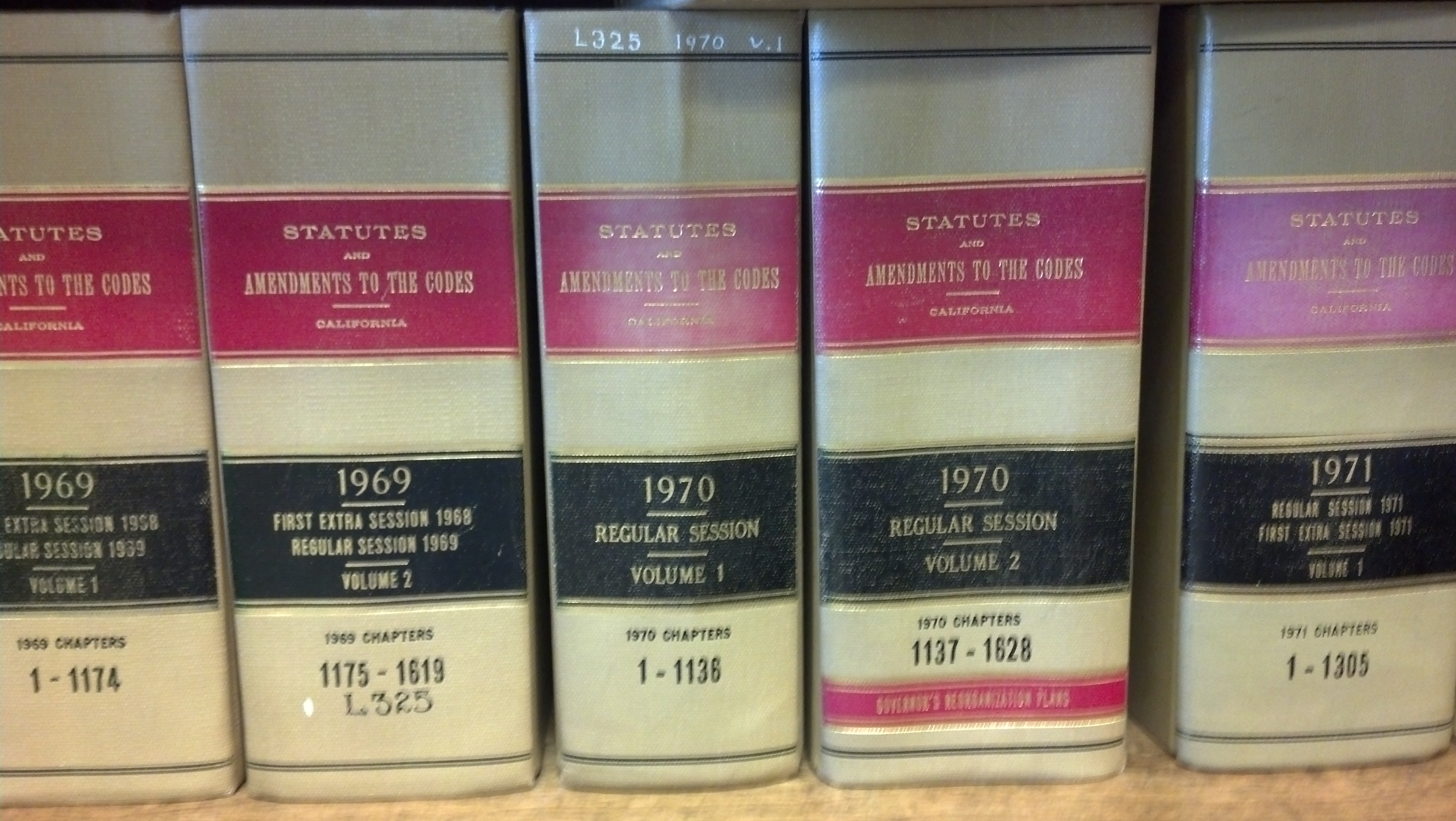As we are well aware here at Legislative Intent Service, in the face of ambiguous language, sometimes this simple question has no easy answers.
Sure, we have canons of statutory interpretation. But what happens when we need more?
In his new book, Judging Statutes, Hon. Robert Katzmann, Chief Judge of the U.S. Second Circuit Court of Appeals, talks about why it is appropriate consider legislative intent when interpreting ambiguous statutes.
Justice John Paul Stevens has just inked a review of Judge Katzmann’s book for The New York Review of Books. In his review, “Law Without History?” Justice Stevens says:
In the introduction to his book Katzmann notes ‘the simple reality’ that an enormous increase in the number of new statutes has led to a corresponding increase in the number of judicial decisions in which federal courts are called upon to interpret them as they apply in one situation or another. Now a substantial majority of the Supreme Court’s caseload involves statutory construction. And of course the work of lower federal court judges, administrative agencies, and practicing lawyers increasingly involves the interpretation of federal statutes. His topic is unquestionably important, and he has shed new light on the ongoing debate between ‘purposivists’ and ‘textualists.’
Judge Katzmann spoke further about the importance of legislative intent in an August interview with C-SPAN.

